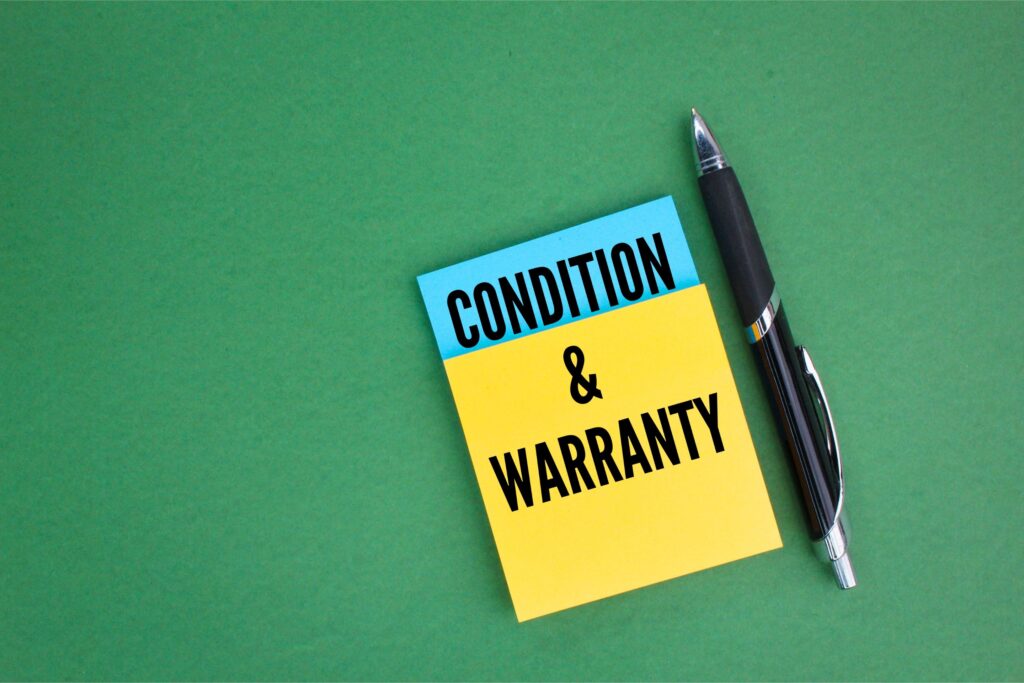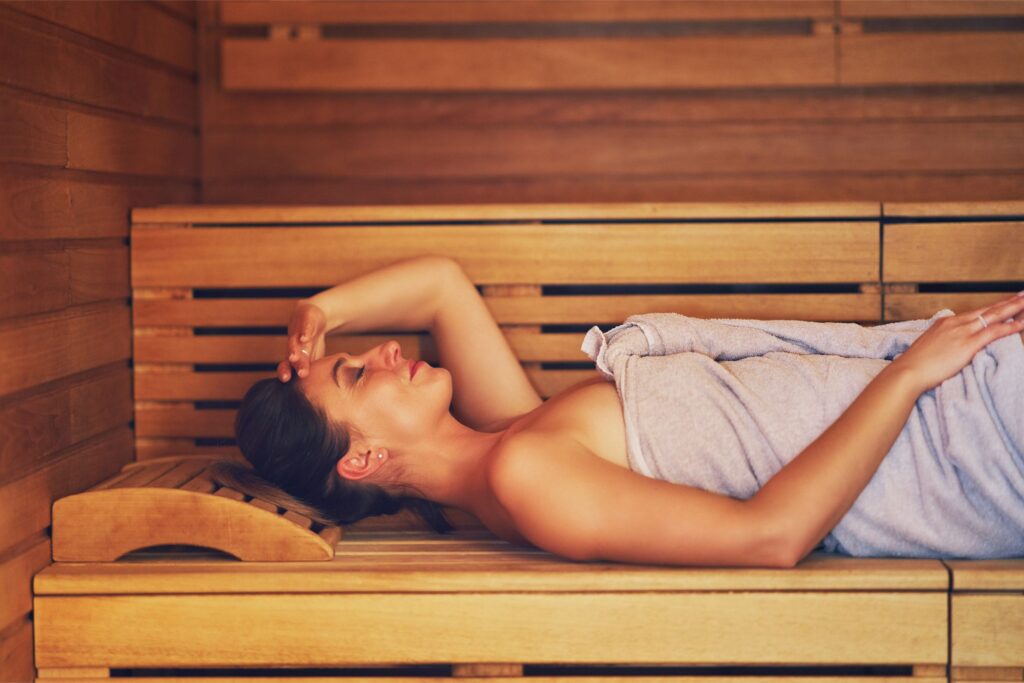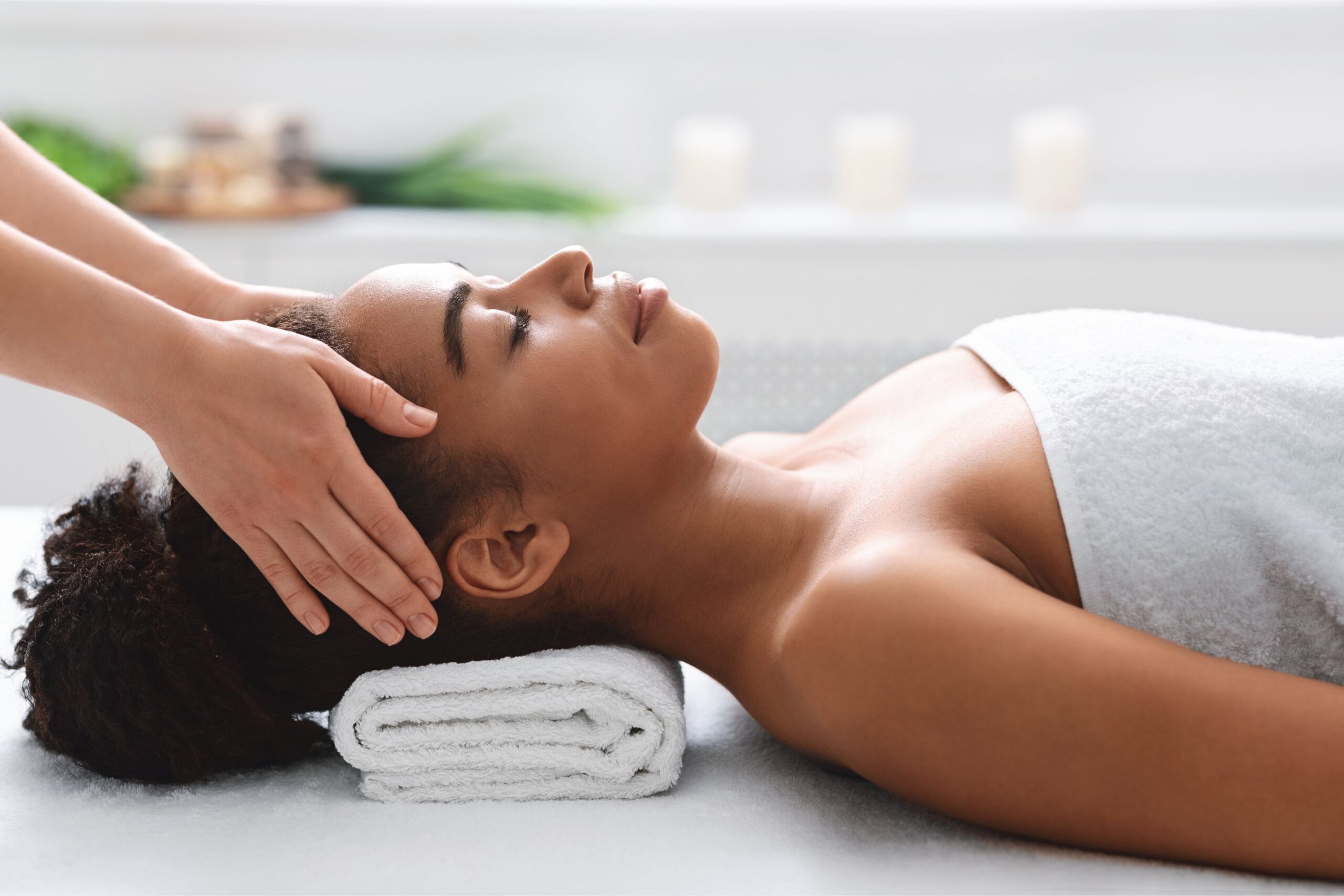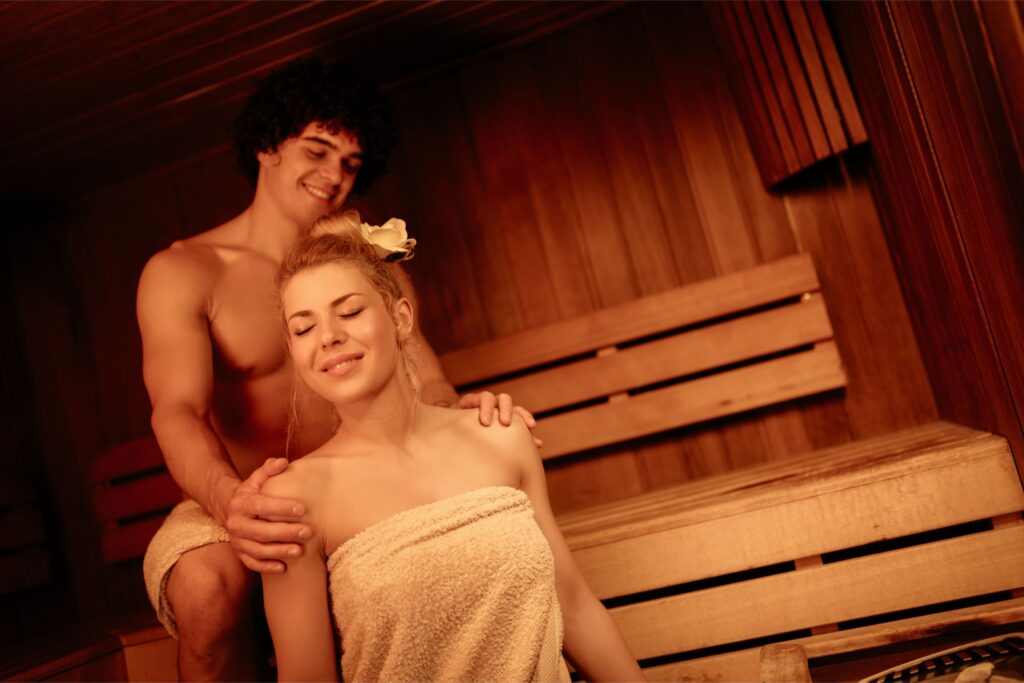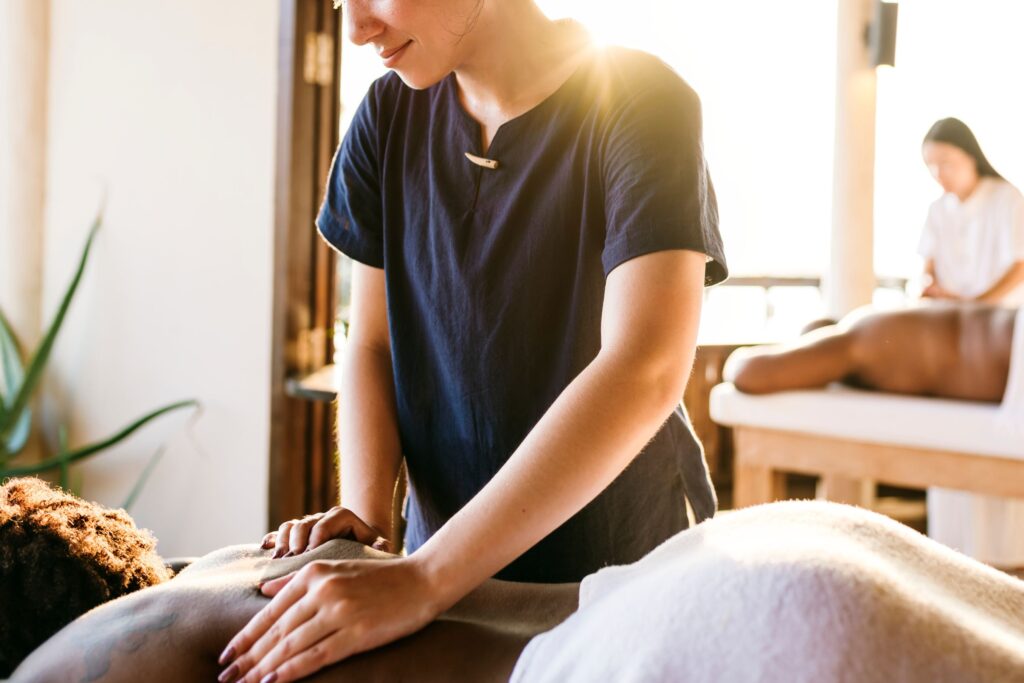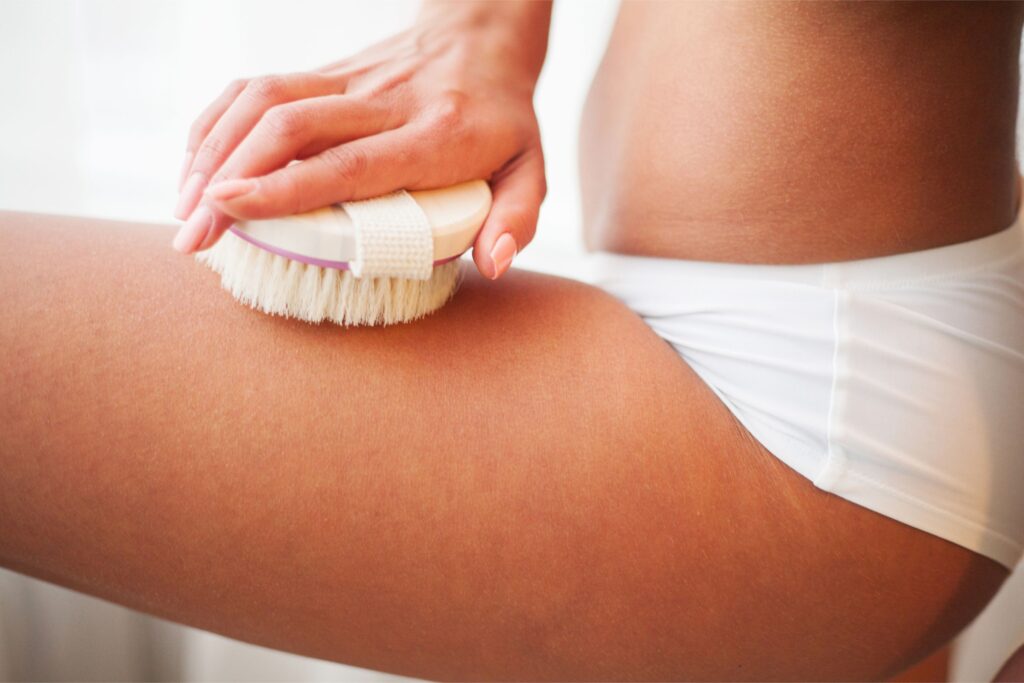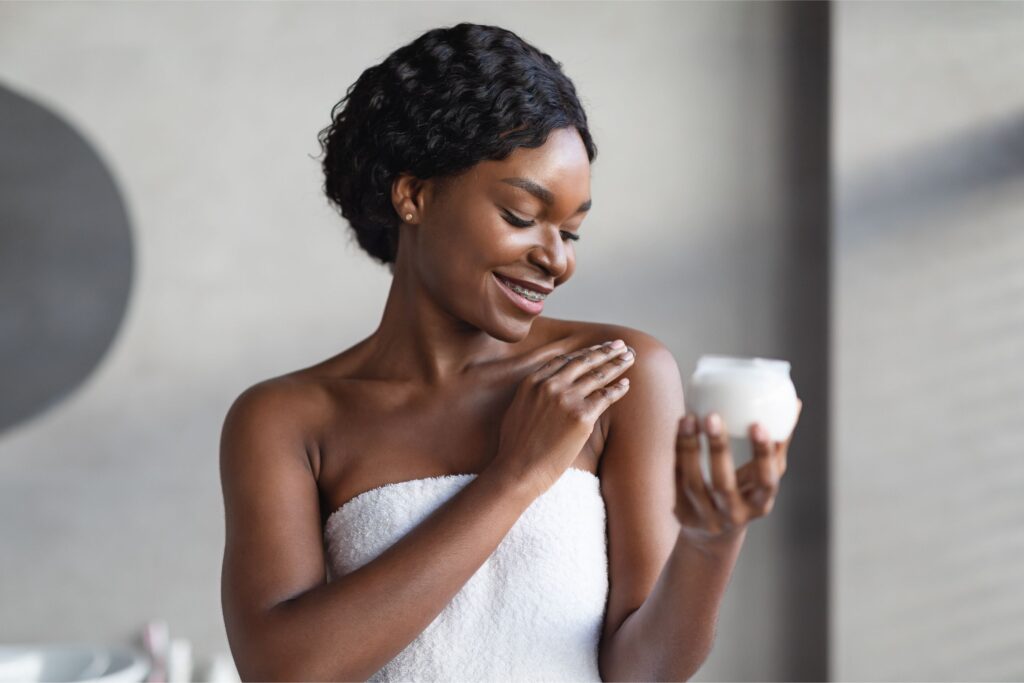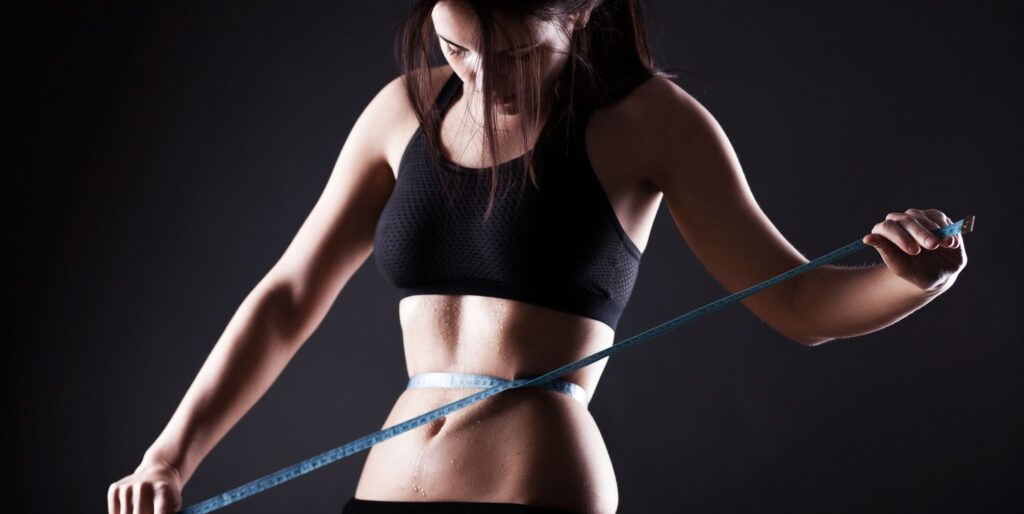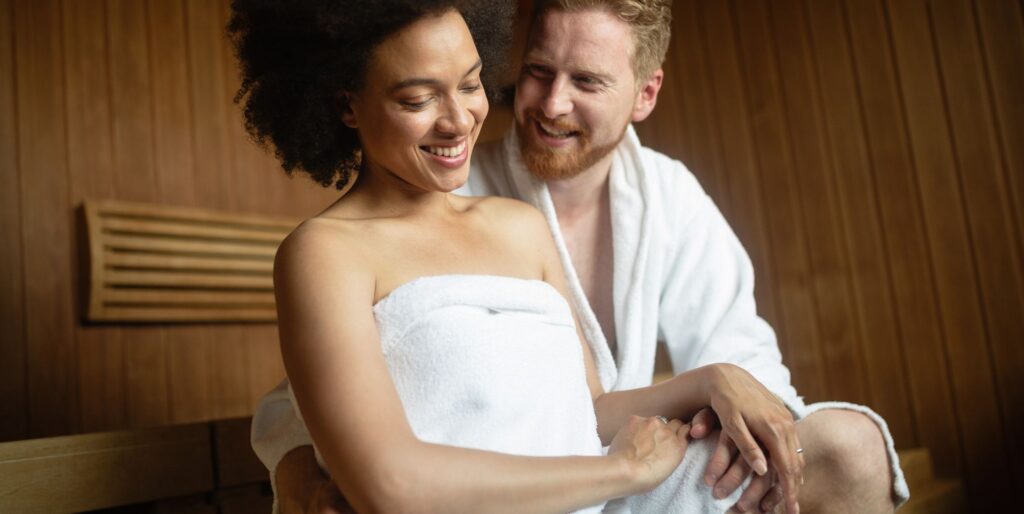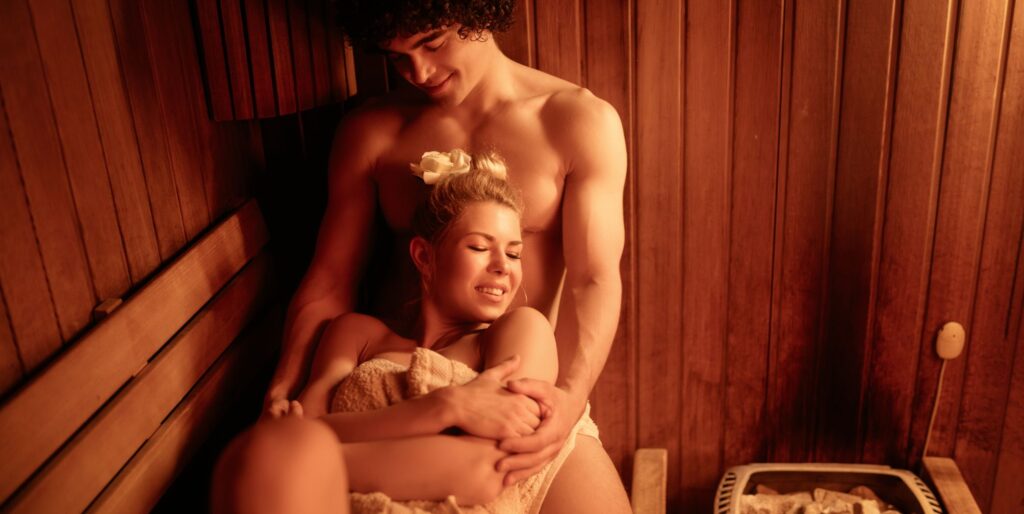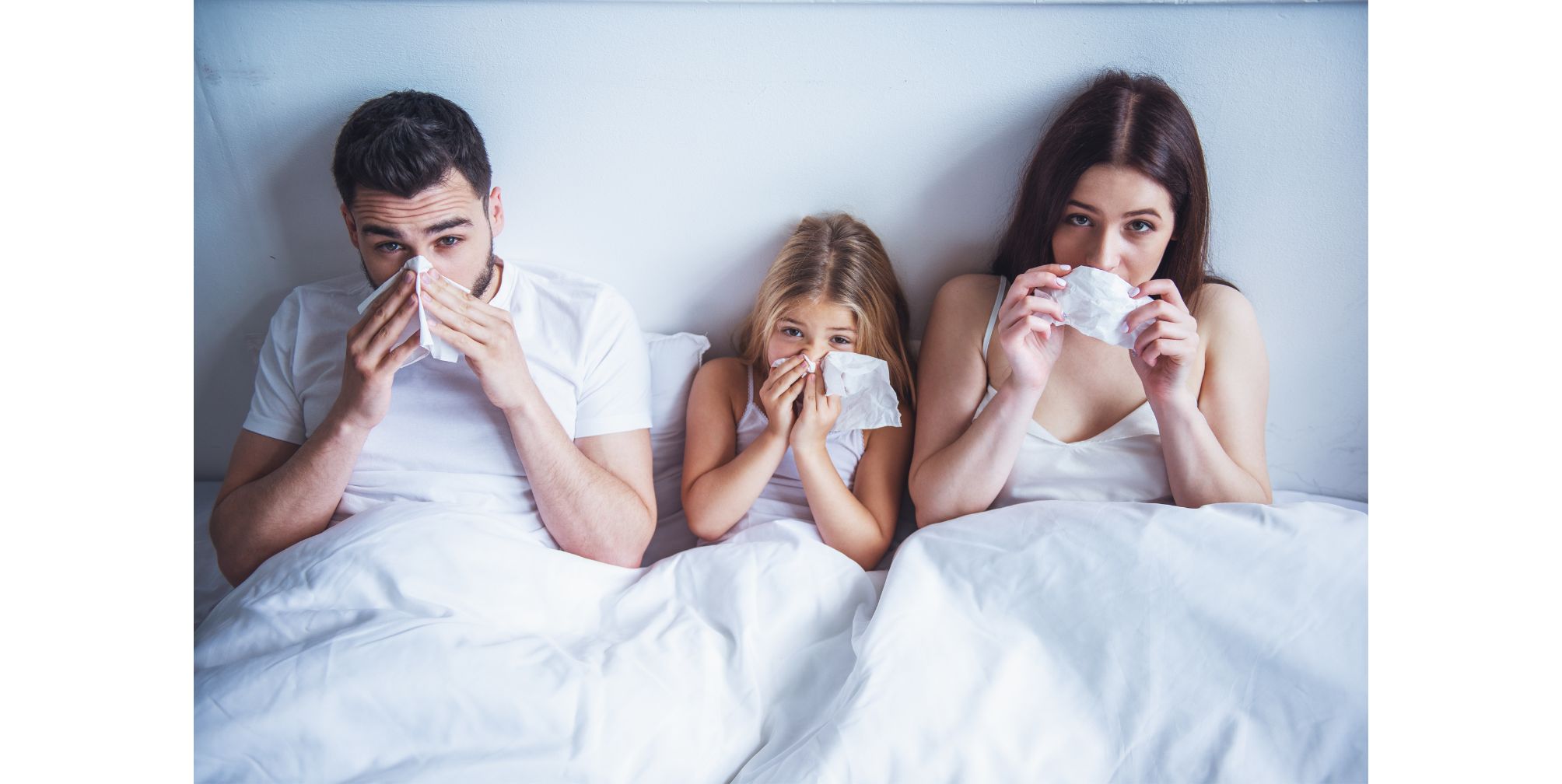As the days get shorter, the nights longer, and the temperatures begin to plummet, the inevitability of the cold season may seem hard to avoid. Pulmonary-based illnesses are ubiquitous through the winter months, and may even develop into more serious lung diseases such as pneumonia, bronchitis, and chronic pulmonary infections.
Based on several studies and several years of cumulative research, there is a growing understanding on how sauna use may effectively prevent, and perhaps even treat, mild to fairly severe respiratory diseases. This article will highlight the most exciting and relevant studies that demonstrate how you may be able to avoid the common cold, or at the least help prevent the evolution of lung conditions into more serious states such as pneumonia.
There is also specific sauna protocol that ought to be followed if you are planning to use a sauna in the treatment of the common cold or in its prevention.
***There is a growing body of data available regarding the effects of regular sauna bathing on human physiology. Assisting in navigating this labyrinth of research are helpful institutions such as the National Library of Medicine, The Mayo Clinic, as well as other individuals in high ranking medical research positions, all of which make this information more accessible to the average person. To help you dissect the increasing body of research on sauna use, this article aims to extract the most pertinent information for you to help you garnish a better sense of how saunas are affecting your body, and moreover, how to use a sauna inorder to gain the maximum health benefits for you.
Can Saunas Reduce the Occurrence of Pulmonary Diseases?
- Common Cold
- Pneumonia (1)
- Chronic Bronchitis
- Asthma
While saunas are known for reducing all-cause mortality from heart related conditions, as well as many other wonderful health benefits, regular sauna use may also help tremendously in the prevention and possible treatment of respiratory disease.
According to the publication entitled ‘Lungs and Ventilation in Sauna’, research indicates that regular sauna use may directly improve lung health by ameliorating vital capacity and volume, ventilation, and forced expiratory volume. (2)
This research suggests that even if an individual is not currently suffering from a lung disease, that by virtue of consistently using a sauna, overall lung capacity is improved in both the volume capacity of the lungs, as well as in the efficacy of breathing.
Furthermore, if asthma or bronchitis is present in patients, saunas appear to help reduce the symptoms of both of these diseases by improving overall breathing. This finding is based on the Mayo Clinic’s publication that states: “…finding sauna exposure to improve breathing in patients with asthma or chronic bronchitis.” (3,4)
The same publication goes on to share the following findings from a study involving 50 participants and the common cold:
“…in a trial of 25 volunteers who were exposed to sauna and 25 controls, sauna bathing was observed to halve the incidence of common colds.” (3)
Finally, another study also published by the Mayo Clinic looking at pneumonia indicates that: “In a separate analysis limited to pneumonia cases, having regular sauna baths was also associated with a reduced risk of pneumonia.” (3)
There is clearly a significant culmination of research that indicates a strong correlation between sauna use and pulmonary health. From the common cold, to pneumonia, asthma, and bronchitis, the data suggests that saunas may strongly aid in reducing the negative effects of these conditions in some individuals. It is always advisable to consult with a medical practitioner before beginning a sauna protocol, particularly if you have been diagnosed with a respiratory condition. Sauna use may not be for everyone, so always use caution and the assistance of a medical professional when embarking on any new health care regime.
How To Use a Sauna To Assist In Overall Pulmonary Function?
- Minimum Requirement: 2-3 times per week
- Ideal: 4-7 times per week
For many individuals, spending time in the sauna is really about socializing, relaxing, and is generally considered to be a recreational activity that occurs perhaps a few times a year, but if you have decided to elicit the aid of a sauna for health reasons, then you will very quickly realize that you will need to use a sauna in very specific ways.
If you are looking to improve overall lung health or prevent the common cold, then you will want to make sure that you are using a sauna for a minimum of 2-3 times a week (3) for at least 20 minutes. The temperature may vary depending on the heat source, so the focus should be on the internal body temperature of the user, rather than on the temperature of the sauna. It is important to increase the body temperature to 101.5 degrees Fahrenheit. (5) Ideally, individuals will be able to take a maximum of 4-7 sauna sessions per week to effectively improve pulmonary function.
Research indicates that sauna use needs to be regular and frequent to create lasting positive effects on lung health. The Mayo clinic sites a study entitled ‘Sauna bathing reduces the risk of respiratory diseases: a long-term prospective cohort study’, when it writes:
“In the first prospective evaluation of the long-term effect of sauna bathing on the risk of pulmonary disease, found moderate (2-3 sessions/wk) to high (4-7 sessions/wk) frequency sauna bathing to be associated with a reduced risk of respiratory diseases (defined as chronic obstructive pulmonary disease, asthma, or pneumonia).” (3,6)
Whether you are looking to improve overall lung capacity for athletic purposes, to improve general fitness, to stave off the common cold, or to help heal a lung-related disease, then you will want to make sure that you are getting into your sauna often (at least 2 times a week), and potentially increasing frequency to 7 times per week.
Given the wide girth of sauna related research and pulmonary health, there is no question that the data has been tabulated and certainly shines a bright light on the future for saunas aiding in lung health.
Sauna For Overall Immunity Boost For the Colder Months of the Year
In addition to lung specific conditions such as the common cold, saunas may also help as an overall immune booster, particularly during the colder months of the year. Saunas may improve immunity by increasing Heat Shock Protein production, ameliorating circulation and heart conditions, as well as assisting in autonomic nervous system balancing to move the toggle back into states of relaxation and healing.
More time inside and less Vitamin D, fresh air, and increased indoor communal activities can make the holiday season a ripe time to contract a common cold. Furthermore, cold external temperatures can weaken the immune system as the body fights to stay warm, which can aggravate ongoing lung conditions such as asthma and bronchitis. Follow the medical research and consider stepping into a sauna several times a week over the holiday and winter months to improve your immune system and lung health.
Make sauna bathing a part of your lifestyle this winter and you may just escape the common cold!
Sources Cited:
- https://www.yalemedicine.org/conditions/pneumonia
Pneumonia is caused by bacteria, viruses or fungus. There are literally dozens of different causes of pneumonia, grouped by the most common types. These are:
Bacterial pneumonia. This is caused by bacteria, the most common of which is streptococcus pneumoniae. The pneumonia might just affect one small area of your lung, or it may encompass all of both of your lungs.
Viral pneumonia. Responsible for about one-third of all pneumonia cases, this type is caused by various viruses, including flu (influenza). People may be more likely to get bacterial pneumonia if they first have viral pneumonia. Viral pneumonia is usually not as serious as bacterial and typically goes away more quickly.
Mycoplasma pneumonia. Also known as walking pneumonia, this type is considered atypical because its symptoms and physical signs may vary. Also, it causes a milder illness. It most often occurs in older children and young adults.
Fungal pneumonia. Fungi from soil or bird droppings can cause pneumonia in people who inhale large amounts of these organisms. One type, pneumocystis jirovecii pneumonia (PCP), generally affects people with weak immune systems, including those with AIDS.
- Lungs and ventilation in sauna. Ann Clin Res. 1988; 20: 244-248
- https://www.mayoclinicproceedings.org/action/showFullTableHTML?isHtml=true&tableId=tbl1&pii=S0025-6196%2818%2930275-1
- Regular sauna bathing and the incidence of common colds. Ann Med. 1990; 22: 225-227
- https://www.foundmyfitness.com/episodes/sauna-use-depression-hyperthermia-protocol
- Sauna bathing reduces the risk of respiratory diseases: a long-term prospective cohort study. Eur J Epidemiol. 2017; 32: 1107-1111
- Frequent sauna bathing may reduce the risk of pneumonia in middle-aged Caucasian men: the KIHD prospective cohort study. Respir Med. 2017; 132: 161-163
